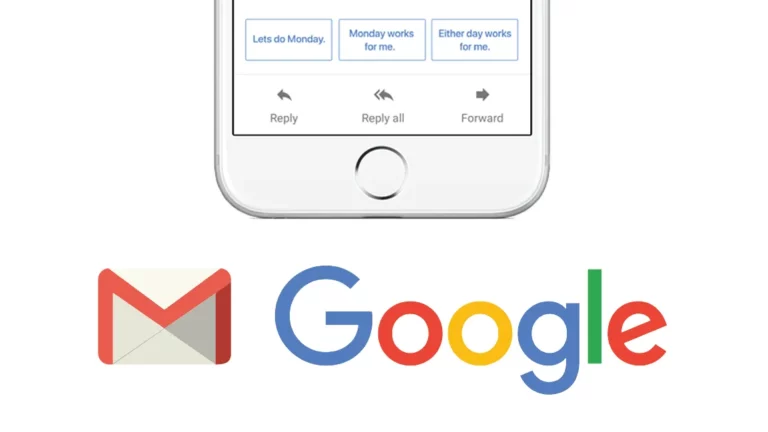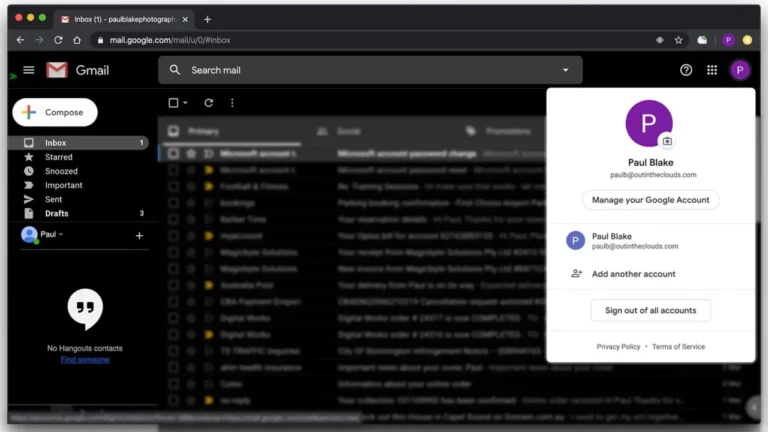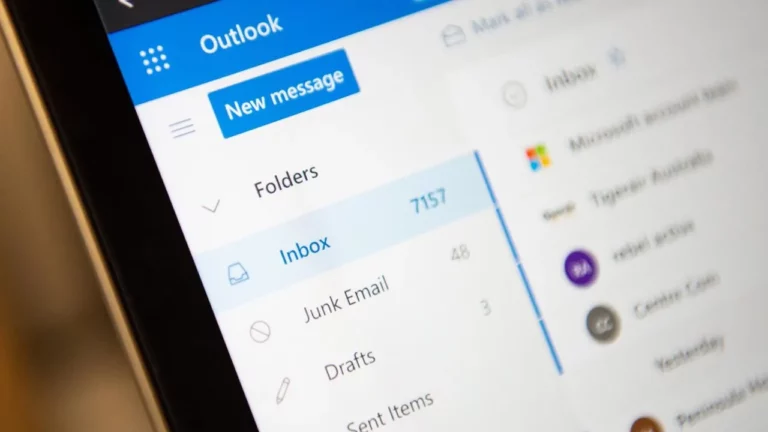Do you know how to exceed your customer’s expectations?
A great strategy can not only reinforce your brand positionings; it can improve how you communicate, generate leads and create new and returning customers. Every stage in the customer journey impacts customer loyalty and how customers talk about your brand online and offline.
Think of your campaign strategy as the lifeblood of your business. Whether you intend to deliver your strategy using social media, traditional media, or both, the best campaigns use strong creative — targeting a specific audience and creating an emotional response. But, of course, none of this is possible without an incredible amount of planning.
Here are our tips for getting the most out of your campaign.
Establish your intentions.
Your strategy should begin with a mission statement and a clear, desired outcome. Your mission statement will make it easier to focus on what’s important – and what’s not when creating your content and will work to keep you and your team on track.
What to think about when designing your mission statement
- Your target audience
- The content you’ll use to reach them
- The benefits and desired outcomes for your clients.
Set KPIs.
The advantage of running a campaign today is the efficiency of measuring success in real-time. The best way you can achieve goals is to make them specific and measurable. Do this by setting key performance indicators (KPIs) for your content marketing strategy. KPI’s can include revenue, traffic, sales, SEO, and varied aspects of digital marketing, like email marketing and social media metrics.
Your KPIs should be specific, as straightforward as possible, measurable, attainable, relevant, and timely – what’s the timeframe for achieving this goal.
Know your audience.
Creating personas is a great way to address your consumers’ circumstances, motives, needs, and approaches to your product or service. A Persona will help you better understand and get closer to customers as real humans. The process of creating buyer personas includes finding insight from different platforms, website analytics, social media channels, customer reviews, as well as actual conversations with prospects and customers.
When building out, your personas think about the following; Their background, job preferences, demographics details, and identifiers – what are their buying actions – then decide the best way to communicate with them, what platforms or delivery method they prefer, style and tone of voice.
Reverse-engineer the experience you want to deliver
Outline your brand’s customer experience stages, identify the opportunities, and set your unique selling proposition – this is the one thing that makes your business better than the competition. Take time to recognise roadblocks, impediments, ineffective or questionable processes, then determine a solution, i.e. automation.
Identify what your goals and objectives are for your campaign.
- A critical element is to establish your target customers.
- Then create a Unique Selling Proposition – This is pulled directly from your mission statement.
- Now create a pricing and positioning plan – Here, you need to identify your pricing strategy as part of your campaign. Use your target customer and user personas to map out your pricing and positioning.
- Next, frame how you plan to distribute your content. Create a guide for how you plan to distribute assets across various platforms.
- Then outline your strategy for converting your leads to customers. Remember to define how you plan to keep your existing customers happy.
- And finally, every good marketing plan should outline your anticipated financial projections. You can build this out from your target audience, pricing strategy, and conversion strategy.
Measure your output.
To know if a campaign has been successful, you need to measure its success;
- Return on investment measuring the sales revenue a campaign brings on every dollar spent.
- Cost per win – measure the expense of each sale.
- Cost per Lead – measure the cost-effectiveness of marketing campaigns. This metric centres only on the leads generated by the campaign.
- The conversion rate for the whole campaign
- Use Google Analytics (or a similar tool) to measure and analyse the sales process for the leads generated by each marketing campaign.
- Measure the lifetime value of your customers







